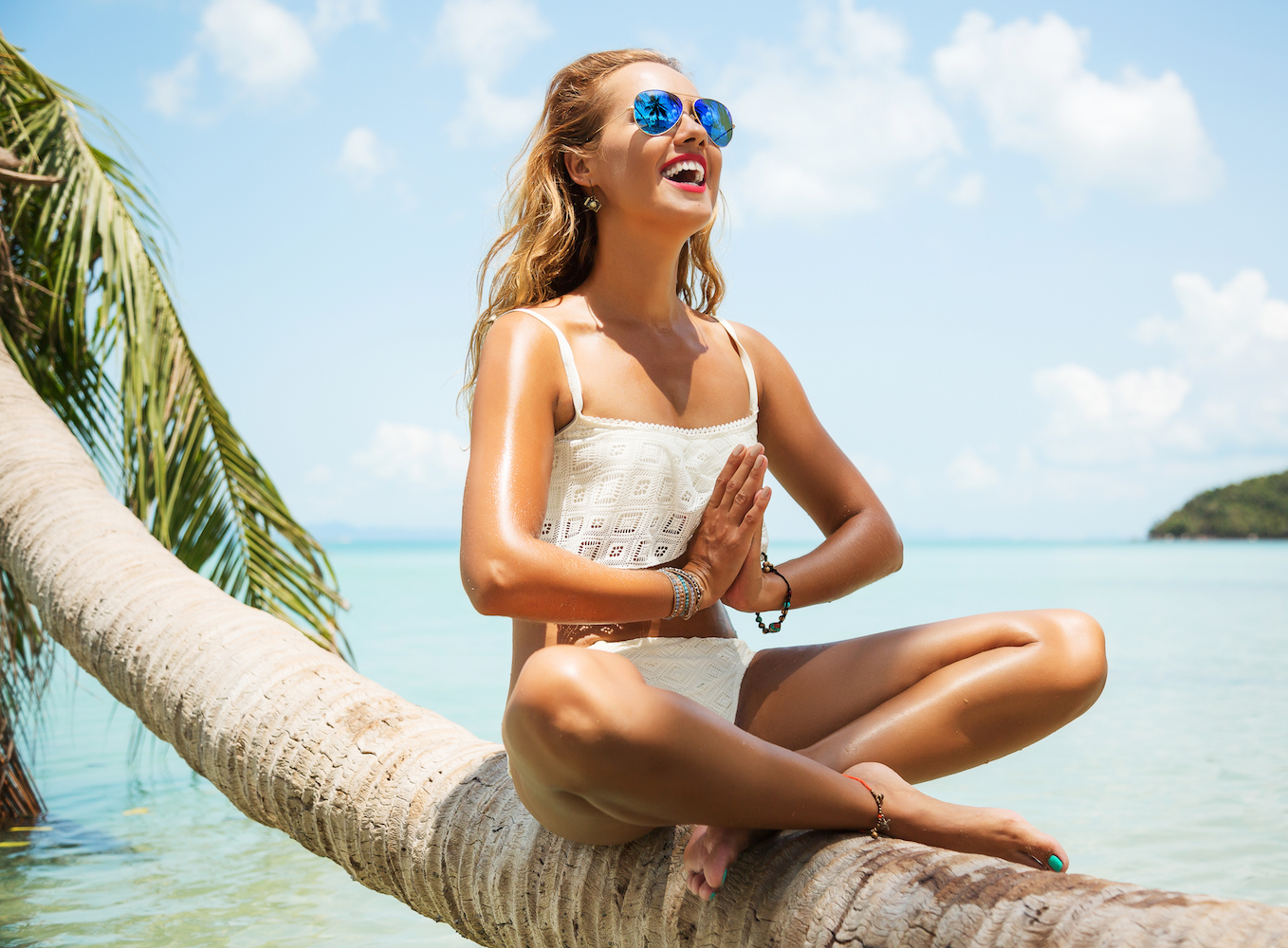Understanding the Base Tan

One thing that critics of the indoor tanning industry either don’t understand or refuse to admit is the reality that base tans acquired in a non-burning fashion at a professional tanning facility help to prevent sunburn.
It’s surprising. That is a fundamental cornerstone of the indoor tanning industry. And yet, after all these years, they refuse to acknowledge it. “Tans acquired at indoor tanning parlors have been studied and have a very poor ability to prevent sunburning,” the Skin Cancer Foundation claims on its web site.
We think the Skin Cancer Foundation’s claim deserves a second opinion. How about 30 million second opinions? Key to the success of the indoor tanning industry for more than two decades has been the ability of base tans, in proper combination with sunscreen usage outdoors, to protect people from sunburns on sunny vacations. Literally millions of indoor tanners will tell you it works. And it does.
Here’s what the sun-scare lobby either fails to understand or won’t admit: Sunscreen, as a product, is designed to prevent sunburn. A base tan essentially multiplies the ability of sunscreen to do its job. It’s all about protecting skin cells, one cell at a time, from overexposure and burning. Because a tan essentially enshrouds skin cells one cell at a time – in layman terms, much like the hard-shell coating of an M&M candy protects the chocolate – sunscreen is better able to do its job.
Think about it. An average indoor tanner might begin his or her tanning regimen with a five minute session and, over the course of three to four weeks, gradually work up to 15 to 20 minute sessions under the supervision of a professionally trained tanning operator. That means – after building a base tan – he or she can be exposed to 3-4 times as much sunlight before sunburn develops. And here’s the thing the anti-sun lobby doesn’t tell you: Professional tanning facilities recommend the proper use of sunscreen outdoors in situations where sunburn is a possibility. So the base tan makes the tanner’s skin 3-4 times more resilient, which multiples the effectiveness of the sunscreen he or she applies outdoors.
That’s a huge difference on a sub-tropical vacation and most likely means the difference between burning and not burning. It’s also the reason why Smart Tan studies have shown that a higher percentage of indoor tanning clients use sunscreen outdoors than non-tanners, and likely is part of the reason why surveys consistently show indoor tanners sunburn outdoors less often than non-tanners.
Sun scare lobbying groups are still clinging to yesterday’s science – contending that any sun exposure is harmful to the skin, that any tan is damage and that people should wear sunscreen 365 days a year in all climates. That’s horse and buggy thinking. As the science continues to mount showing that humans benefit from regular sun exposure, the sun scare messages will continue to look more and more ridiculous.
SmartTan.com news articles regularly report medical and scientific information to keep you abreast of current events related to UV light. This information is not intended to be used by any party to make unwarranted health claims to promote sunbed usage. Indoor tanning businesses are obligated to communicate a fair and balanced message to all clients about your products and services including the potential risks associated with indoor tanning. Contact your Smart Tan representative to find out more about what you can and can’t say in your tanning salon business.
© 2020 International Smart Tan Network. All rights reserved.
